Medications for osteoarthritis
Medications play a crucial role in managing osteoarthritis symptoms. Analgesics, such as acetaminophen, can provide pain relief. NSAIDs, available in both oral and topical forms, help reduce pain and inflammation.
In some cases, corticosteroid injections may be recommended to alleviate pain and inflammation. Other options include hyaluronic acid injections to improve joint lubrication. It is important to discuss medication options with a healthcare professional to determine the most suitable approach.
Non-pharmacological interventions for osteoarthritis
Non-pharmacological interventions are essential for managing osteoarthritis. Lifestyle modifications, such as weight management, regular exercise, and physical therapy, can help reduce pain, improve joint function, and increase overall mobility.
Low-impact exercises, including swimming and cycling, are particularly beneficial. Physical therapy focuses on targeted exercises and techniques to strengthen muscles, improve joint stability, and enhance physical function.
Exercise and physical therapy for osteoarthritis
Exercise and physical therapy are vital components of osteoarthritis management. Regular physical activity helps strengthen muscles around the affected joints, improves joint stability, and increases flexibility.
Low-impact exercises, such as walking, swimming, and cycling, are recommended. Physical therapy provides targeted exercises, manual therapy, and assistive devices to reduce pain, improve joint range of motion, and enhance overall physical function.
Joint injections for osteoarthritis
Joint injections can be a beneficial treatment option for osteoarthritis. Corticosteroid injections help reduce pain and inflammation in the affected joint.
Hyaluronic acid injections improve joint lubrication, cushioning, and reduce friction. These injections can provide significant relief for individuals with moderate to severe osteoarthritis symptoms. It is important to discuss the potential risks and benefits of joint injections with a healthcare professional.
Surgical options for osteoarthritis
Surgical interventions may be considered for severe cases of osteoarthritis when conservative treatments have not provided sufficient relief.
Joint arthroplasty or joint replacement surgery aims to replace the damaged joint surfaces with artificial components, restoring joint function and reducing pain. Other surgical options include joint realignment procedures and arthroscopy. The decision to undergo surgery depends on several factors.
Lifestyle modifications for osteoarthritis
Lifestyle modifications are crucial in managing osteoarthritis symptoms and improving joint health. Maintaining a healthy weight helps reduce stress on weight-bearing joints.
A balanced diet rich in nutrients, particularly antioxidants and omega-3 fatty acids, may have anti-inflammatory benefits. Regular exercise, including low-impact activities, helps improve joint flexibility, strengthen muscles, and support overall joint health. Protecting the joints from excessive stress or injury is also important.
Pain management for osteoarthritis
Pain management is a key aspect of osteoarthritis treatment. Nonsteroidal anti-inflammatory drugs (NSAIDs), both oral and topical, can provide pain relief. Acetaminophen is another common option for managing mild to moderate pain.
Topical creams or gels containing ingredients like capsaicin or menthol may also help alleviate pain. In some cases, prescription medications or corticosteroid injections may be recommended.
Nutritional supplements for osteoarthritis
Certain nutritional supplements may offer potential benefits for individuals with osteoarthritis. Glucosamine and chondroitin sulfate are commonly used supplements that may help support joint health and alleviate symptoms.
Omega-3 fatty acids, found in fish oil supplements, have anti-inflammatory properties.
Alternative therapies for osteoarthritis
Several alternative therapies have been explored for osteoarthritis management. These include acupuncture, massage therapy, herbal supplements, and mind-body techniques like yoga or tai chi.
While some individuals report benefits from these approaches, the evidence is limited, and their effectiveness may vary. It is important to discuss alternative therapies with a healthcare professional and consider them as complementary to conventional treatments.
Coping with osteoarthritis
Living with osteoarthritis can be challenging, both physically and emotionally. Developing coping strategies is important for maintaining a positive outlook and enhancing overall well-being.
Support from family, friends, and healthcare professionals can provide valuable assistance. Joining support groups or seeking counseling may also be beneficial. Taking an active role in self-care, maintaining a healthy lifestyle, and managing stress can help individuals better cope with osteoarthritis.
Self-care strategies for osteoarthritis
Self-care plays a crucial role in managing osteoarthritis. It involves adopting healthy habits, such as regular exercise, weight management, and proper joint protection techniques.
Applying heat or cold therapy to affected joints can help alleviate pain and reduce inflammation. Practicing good posture and body mechanics can reduce stress on joints during daily activities. Adequate rest, relaxation, and stress management techniques are also important components of self-care.
Osteoarthritis prevention
While osteoarthritis cannot always be prevented, certain strategies can help reduce the risk or delay its onset. Maintaining a healthy weight, engaging in regular exercise, and avoiding excessive joint stress or injury are key preventive measures.
Protecting joints during physical activities and using appropriate footwear and equipment are important. Managing underlying conditions, such as diabetes or metabolic disorders, can also contribute to osteoarthritis prevention.
Managing osteoarthritis symptoms
Managing osteoarthritis symptoms involves a multidimensional approach. It includes a combination of medical treatments, lifestyle modifications, and self-care strategies.
Regular exercise, weight management, and joint protection techniques can help alleviate symptoms and improve joint function. Medications, such as analgesics and anti-inflammatory drugs, may be used for pain management.
Joint injections or surgical interventions may be considered in severe cases. Complementary therapies and support networks can also play a role in symptom management.
Osteoarthritis and weight management
Maintaining a healthy weight is crucial for managing osteoarthritis. Excess weight places additional stress on weight-bearing joints, leading to increased pain and accelerated joint degeneration.
Adopting a balanced diet and engaging in regular physical activity can help with weight management. It is important to work with a healthcare professional or a registered dietitian to develop a personalized weight management plan that suits individual needs.
Osteoarthritis and joint health
Preserving joint health is essential for managing osteoarthritis. Protecting joints from excessive stress or injury, maintaining joint flexibility, and strengthening the surrounding muscles are key aspects.
Regular exercise, including low-impact activities, helps improve joint health. Avoiding repetitive joint movements and maintaining proper body mechanics can minimize joint strain. Proper nutrition, including a balanced diet and adequate intake of nutrients like calcium and vitamin D, is also important for maintaining healthy joints.
Osteoarthritis and physical activity
Regular physical activity is beneficial for individuals with osteoarthritis. Low-impact exercises, such as walking, swimming, and cycling, help improve joint flexibility, strengthen muscles, and support overall joint health.
Physical activity also promotes weight management and cardiovascular health. It is important to choose activities that are appropriate for individual abilities and preferences and to consult with a healthcare professional before starting any exercise program.
Osteoarthritis and joint protection
Protecting joints from excessive stress or injury is crucial for individuals with osteoarthritis. Using assistive devices, such as braces, orthotics, or walking aids, can provide support and reduce joint strain.
Applying proper body mechanics during daily activities, such as lifting or bending, helps minimize joint stress. Modifying the home environment to ensure accessibility and safety is also important.
Osteoarthritis and assistive devices
Assistive devices can be valuable tools for individuals with osteoarthritis. Braces and splints provide support and stability to affected joints. Orthotic inserts or shoe modifications can help improve foot and ankle alignment, reducing joint strain.
Walking aids, such as canes or walkers, assist with balance and mobility. The selection and fitting of assistive devices should be done in consultation with a healthcare professional or a physical therapist.
Osteoarthritis and pain relief techniques
Various pain relief techniques can help individuals manage osteoarthritis symptoms. Heat therapy, such as warm baths or heating pads, helps relax muscles and reduce stiffness.
Cold therapy, using ice packs or cold compresses, can numb the area and reduce inflammation. Transcutaneous electrical nerve stimulation (TENS) units provide pain relief through electrical impulses.
Relaxation techniques, such as deep breathing or meditation, can help reduce stress and promote overall well-being. It is important to find the right combination of pain relief techniques that work best for each individual.

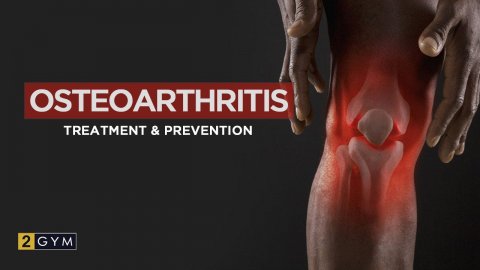









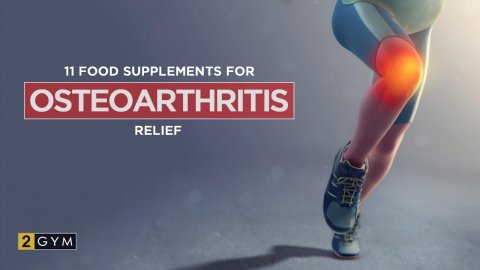
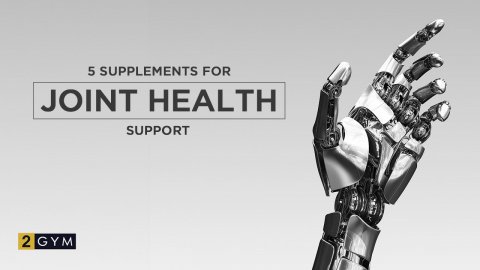
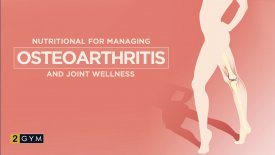

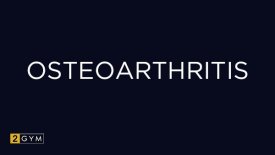
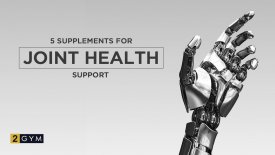





Log in with ( Sign Up ? )
or post as a guest
Be the first to comment.